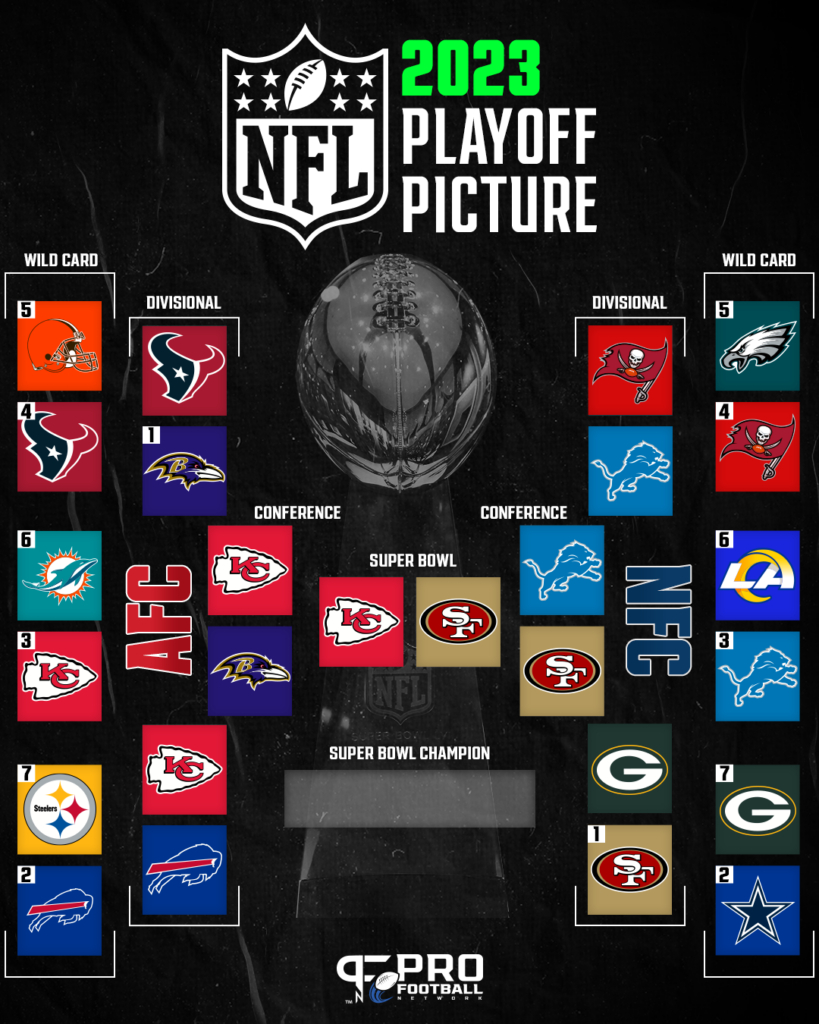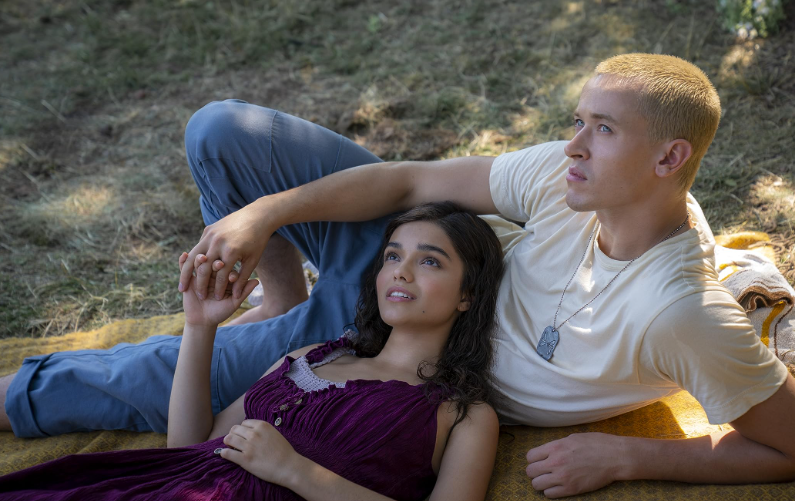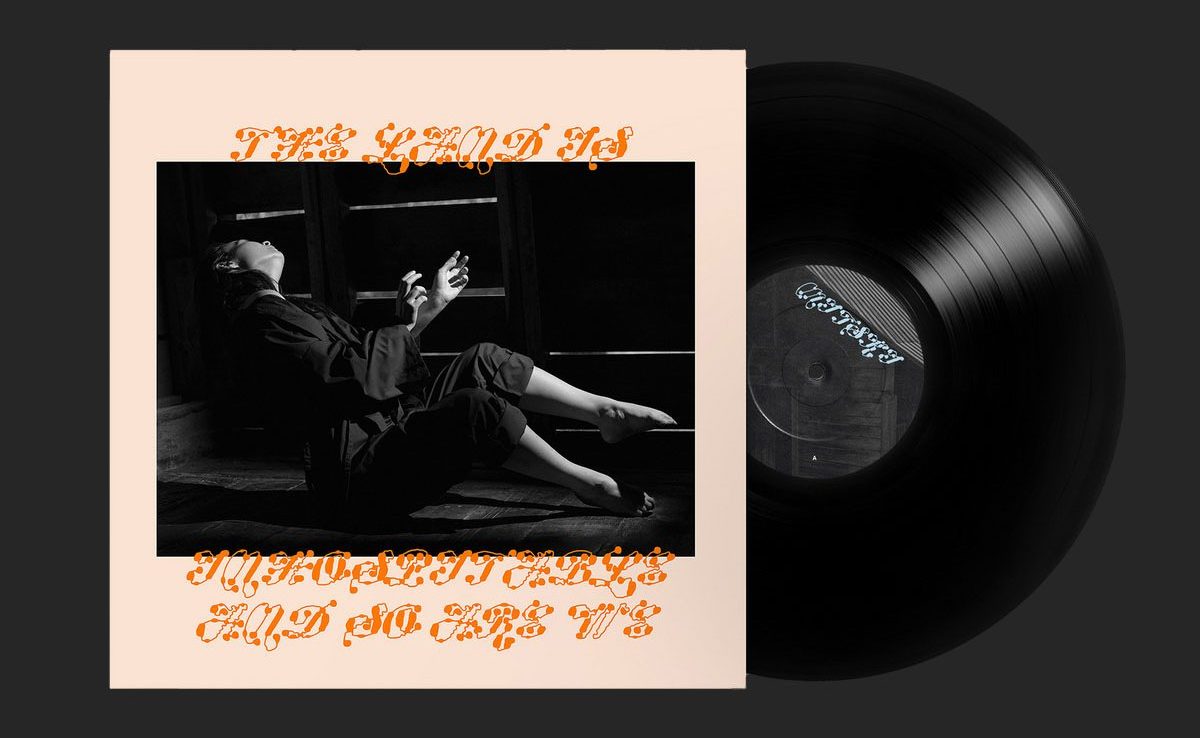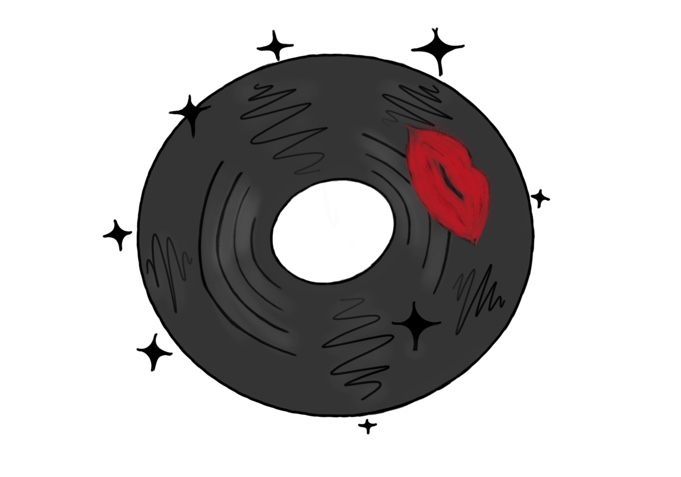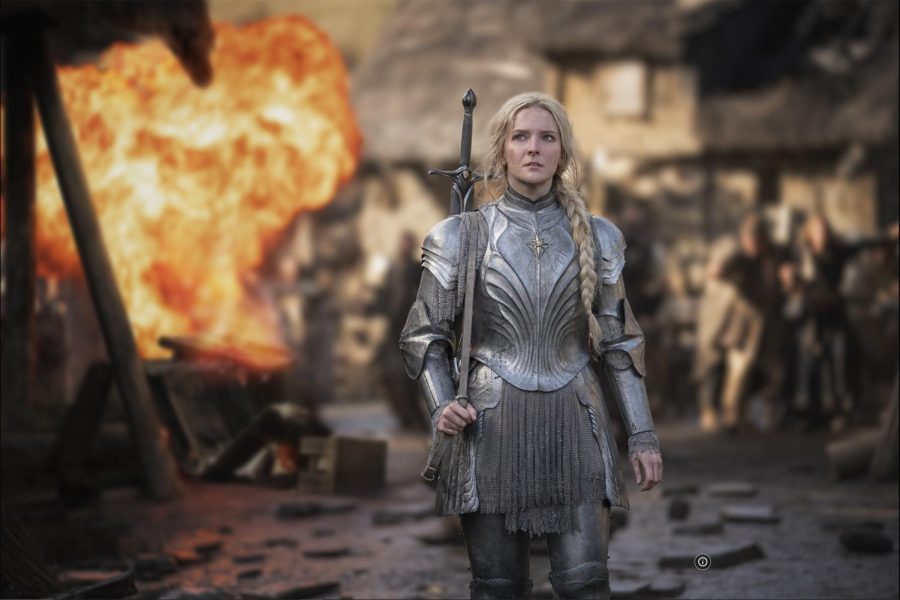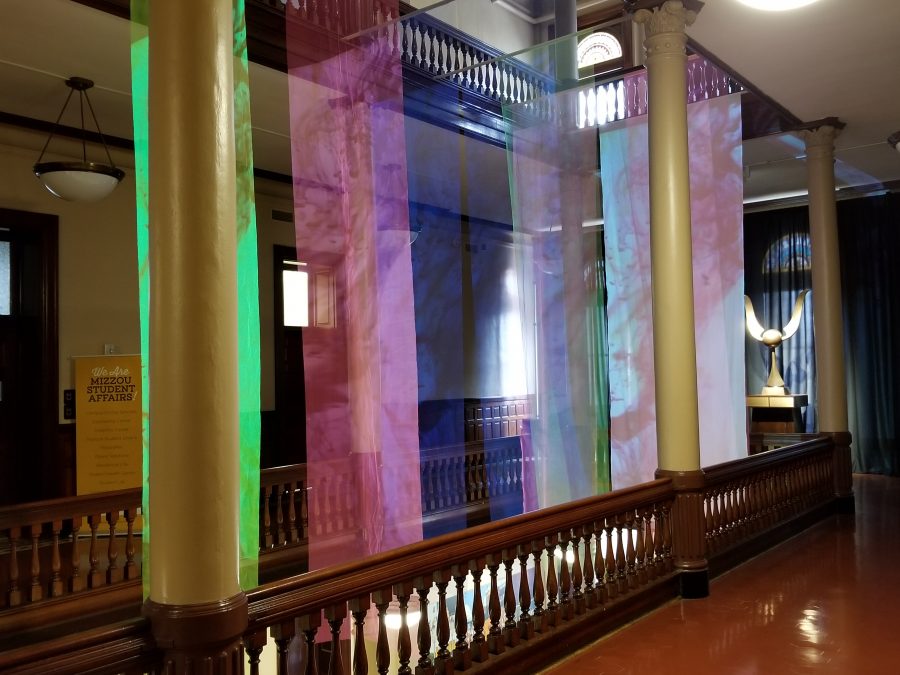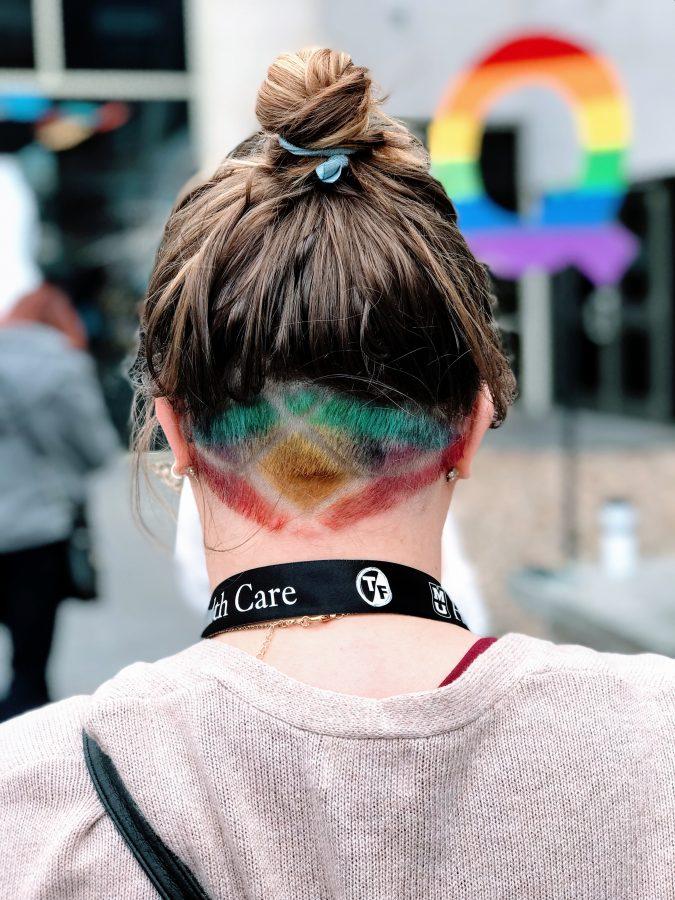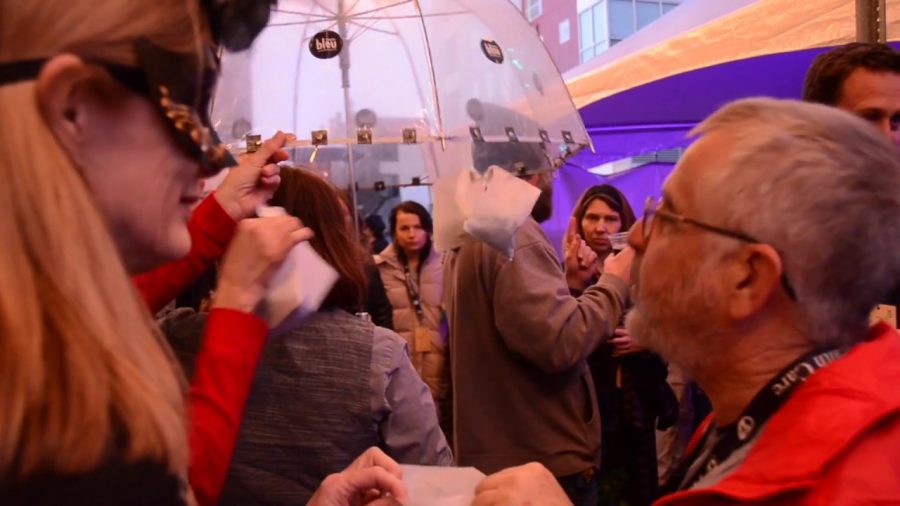By Grace Dorsey
Experiencing The Road Movie can be best described as watching 72 minutes of Youtube videos. Now, for those who enjoy going down a good internet rabbit hole for hours, this film is potentially very enjoyable.
Director Dmitry Kalashnikov’s selection of bizarre car accidents and other incidents definitely allows the viewer to take a peek into Russian culture through drivers’ actions and reactions. As each new “scene” begins, one has no idea what to expect, with scenarios ranging from violent collisions to funny interactions between hyped up drivers. This underlying feeling of anticipation permeates the entire movie, leaving the audience on the edge of their seats. Overwhelming, the type of situation is the one where the audience can’t quite keep watching but can’t quite look away.
Of course even with the most dramatic scenes the demeanor of the Russians lightens up the film, saving it from being too traumatizing for the viewer. On the flipside of that, the drivers had a tendency to swear, thus a constant stream of f-bombs flow through the subtitles. The car cameras, which Kalashnikov said were common in Russia, were often tossed around and shaky, so for easily nauseated people this may not be the best option. This purely unedited tone of The Road Movie lends itself to documententry style but prevents any kind of overarching storyline from appearing. Even so, each little snippet had its own narrative with characters and a theme.
Honestly, this isn’t the most flattering perspective of Russian society, especially since it included scenes involving prostitutes and fights. It was cool, however, to see another culture in such a unique way with the drivers/narrators’ appearances hidden. The road is one of the places where people of any sort can interact just by chance.
Question & Answer with Director Dmitry Kalashnikov
Curated by Emily Oba
Question: Why do most Russian people have dash cams?
Answer: In Russia it’s really common to have dashboards in the car because you can use it in insurance purposes, or for police, or in court, to prove that you were not guilty in some accidents. So all people have them.
Question: When did it strike you to make this film?
Answer: It struck me when I watched this footage for quite a while. I realized that it was quite unique in a documentary sense. Because for me, it’s an observation; nobody controls the camera; no director of the camera. Everything that is in the film is purely by chance. It’s quite amazing, and there’s also distance between the the camera and the people behind the camera; you can’t see them but you can hear quite well, and you can understand their reactions. The distance is very interesting. [The car is] quite a private place, and the other thing that is very important for me is the relationship between the sound in the video. It’s not that way in most of the cases, in films they are separated, you’ll see what is in front of the camera and you hear what is behind. You can’t see the characters, but the most important thing is how they react.
Question: What did you want to show while putting all of this together?
Answer: When you watch just a couple of videos it’s like, “Wow it’s cool, it’s strange, and Russia is crazy.” But when you watch it for quite a while, I’ve tried to make some kind of collective portrait of Russian character and of our country. The metaphor of the road is quite well with this. Going and going on the process of our lives, always on the verge of death and life. It’s the strange reality and how we deal with that. I think it shows Russian attitude.
Question: What was your strategy when editing everything together?
Answer: The most important thing for me was to save the purity of the material and not to interfere in episodes of themselves. Because of that, I realized I have to make a strong narrative. I don’t want to put a voiceover explaining something, and that’s how I found that maybe I can put a year in a circle from winter to to spring. The main structure then was I just found several videos that I liked, and I was just starting to find videos and then mixing two videos and three and then trying to make some drives in different parts of the film to make it more unique and unified. It’s more about not changing the story. There is no story, actually. For me I was to make more of an emotional structure with different funny and tragic situations.”
Question: Was there anything too crazy that you couldn’t put it in the film?
Answer: Yeah quite a lot, maybe not too crazy but too awful. I tried not to put any deaths or strong injuries. There is one but you can only hear that the woman broke her leg, but you don’t see the blood, so you feel it from a distance. In some sense for me, the most awful video is the pedestrian one, when the car crashes.
Question: Out of the videos that you showed us do you have a favorite?
Answer: Yeah, some of them, for example the fire in the forest is like hell for me. I’ve tried to put it in a place like hell, and maybe the other one within the episode in the first part of the film in winter, and two car crashes and in the car with the dashboard camera, stops just in front of this crash and we see nearly nothing, but these two cars that are totally crashed, people going from one place to another. I’ve been saying about the connection with sound in the video, you can hear how the girl and the mother speak about what they see. You can see what’s going on, but you hear the people in the car asking if the person is dead or or alive. [It] was very powerful because they’re taking place of God in a sense.
Question: Can you talk about the process of licensing of the videos from YouTube and how you got permission to use them in the film?
Answer: At first I didn’t think about it, and I didn’t think the film would interest anyone but my family and friends. But when I realized the film had some fusion, I had just an unedited draft. I gave the links of the YouTubers to my producer, and she tried to contact them, who uploaded the videos. Then I changed some videos, and then she said it was ok. I believe that she did all the rights.
Question: What’s the difference between Russian drivers and American drivers?
Answer: It’s my first time in the U.S., and I have seen one driver, so I don’t know how American drivers react. Maybe you’ll be the same, I don’t know. For me it was the discovery, as well, about how Russian people are always calm in the very strange and terrifying situations. The guys are sad that they’re on the side of the road, but they are okay. I see myself like that as well; I would react in the same way.”
Question: Are there other sources other than YouTube that you found these videos?
Answer: There are different websites in Russia, most of them are YouTube videos. There are a lot of YouTube complications of these videos. These dashboard cameras, they record for three hours, and then they just record and record every three hours, and if something happens, you can push the button to save some piece of it and then cut and upload it onto the Internet.”













































































